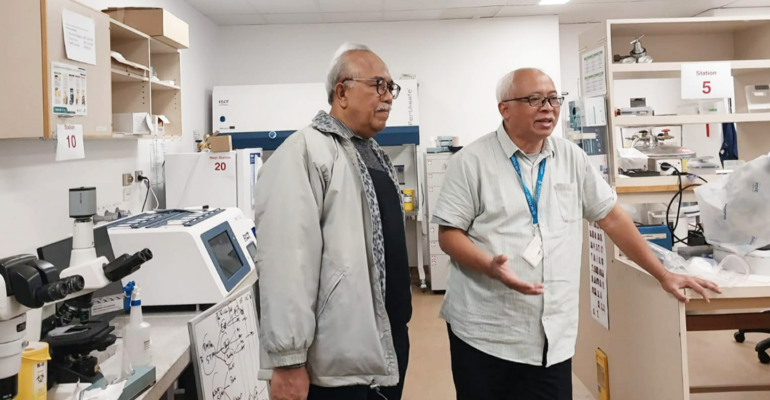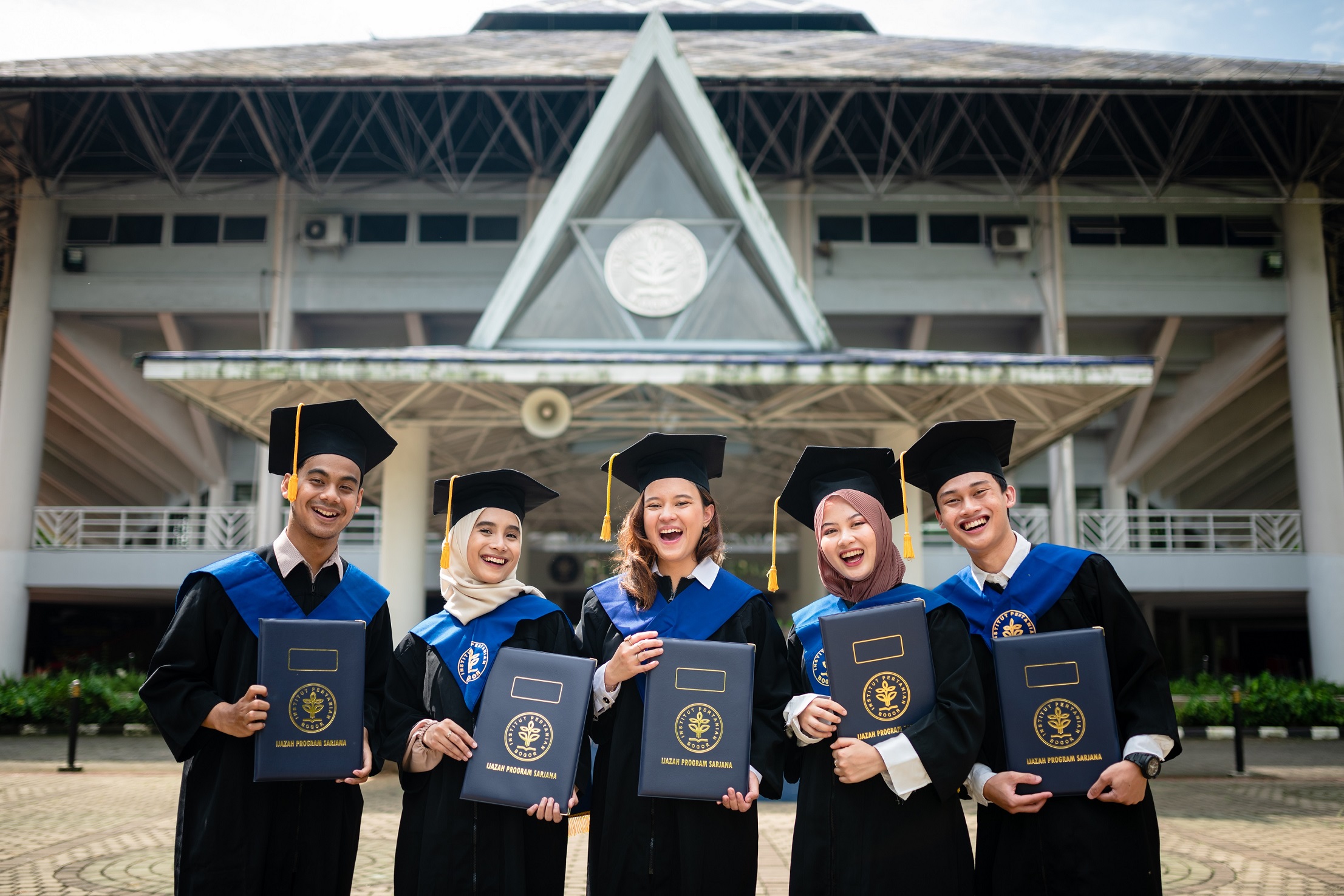IPB University Explores ART and Biobank Collaboration Opportunities with Monash University, Wildlife Conservation and Livestock Production

IPB University is exploring educational and research cooperation opportunities with Monash University, Australia related to Assisted Reproductive Technology (ART) and Biobank for wildlife conservation and livestock production.
Starting the opportunity, Prof Bambang Purwantara, Professor of the School of Veterinary Medicine and Biomedical Sciences (SKHB) IPB University visited the Education Program in Reproduction and Development (EPRD), (11/7).
EPRD is a unit under Monash University that has long been known worldwide as a place of learning for prospective in vitro fertilization (IVF) laboratory managers through the Master in Clinical Embryology (MCE) program.
The MCE program at Monash University started 25 years ago. The main driving force behind EPRD is Dr Mulyoto Pangestu, a son of Tegal, who has been a lecturer and researcher at Monash University since the early 1990s.
“MCE was established in 1999 and has produced more than 750 clinical embryologists, from at least 47 Asian, European, American and African countries,” said Dr Mulyoto. Besides the MCE program, there are also Graduate Diploma in Reproductive Sciences, Master in Reproductive Sciences and PhD programs, as well as non-degree programs or workshops.
Prof Bambang Purwantara said, currently, SKHB IPB University has a sophisticated laboratory for the development of ART and Biobank, especially in supporting wildlife conservation.
“By opening up opportunities for cooperation with Monash University, it is hoped that IPB University can become a node for the development of clinical embryology education to educate prospective IVF laboratory managers throughout Indonesia, while strengthening the Faculty of Medicine of IPB University,” he explained.
In the context of biobanking, EPRD also has a Frozen Zoo unit, which cooperates with all zoos in Australia to send organs such as ovaries, testicles if there are zoo animals that die.
“The tissue stored in frozen conditions in the liquid nitrogen tank can later be used as a source of genetic material for in vitro embryo production in the laboratory,” said Prof. Bambang.
The EPRD laboratory also cooperates with the production of in vitro embryos in cattle with an advanced reproduction company, Kyabram Victoria Australia. “By utilizing slaughterhouse waste, this company can process around 200-300 eggs per day to be turned into embryos,” concluded Dr Mulyoto.
With the ovum pick up (OPU) technique using ultrasound (USG), egg harvesting can be done continuously, even when the animal is pregnant.
“For Indonesia, IVF should be developed with OPU eggs, which with two OPU sessions every week without stimulation will obtain about 50 eggs per month,” said Prof Bambang.
EPRD’s collaboration with Advanced Reproduction, Kyabram has also educated dozens of IVF and OPU practitioners in cattle from China, Bangladesh in addition to Australia itself. “The cooperation between IPB University and Monash University in embryo production and the preparation of qualified human resources (HR) needs to be followed up in the future,” said Prof Bambang. (*/Rz) (IAAS/ZQA)



